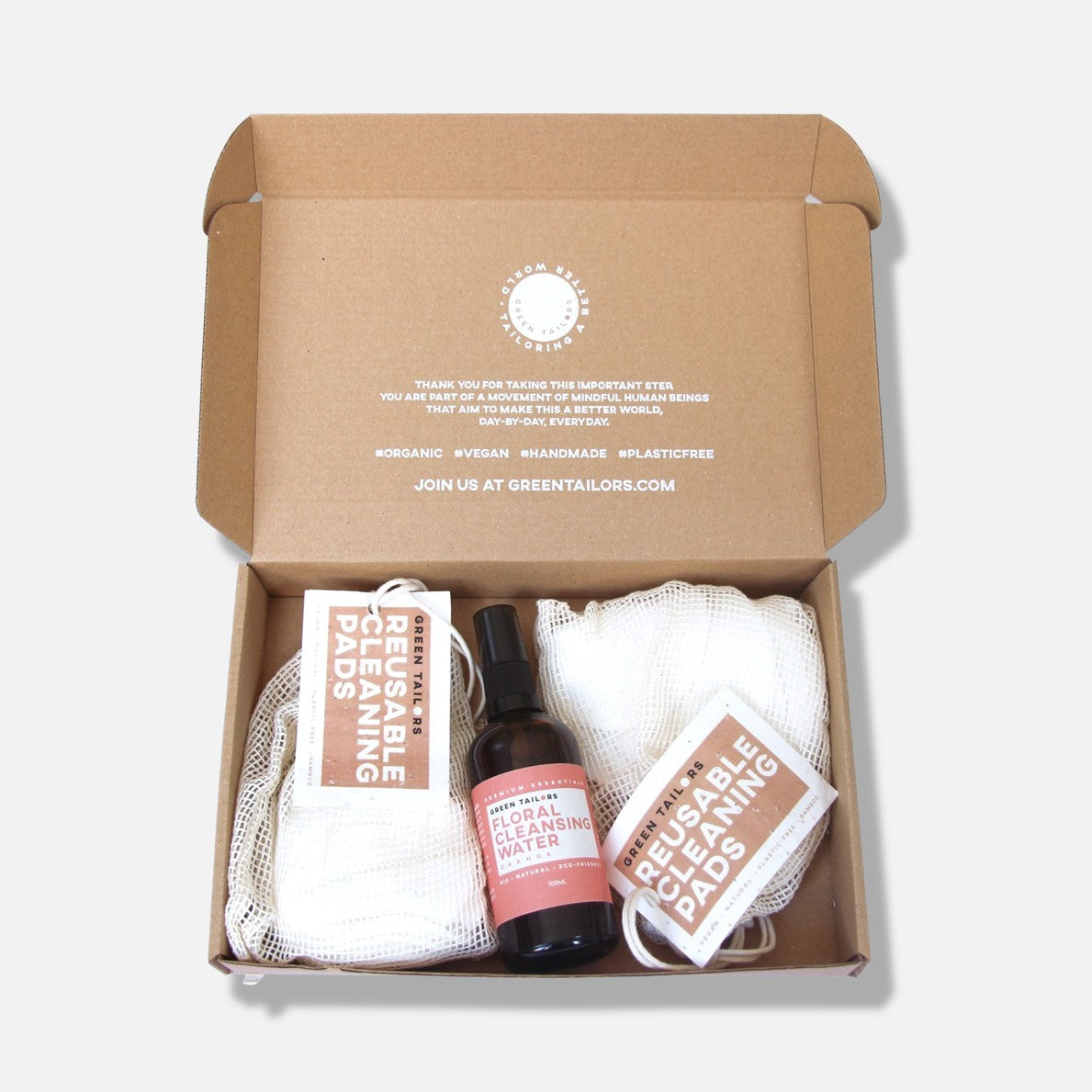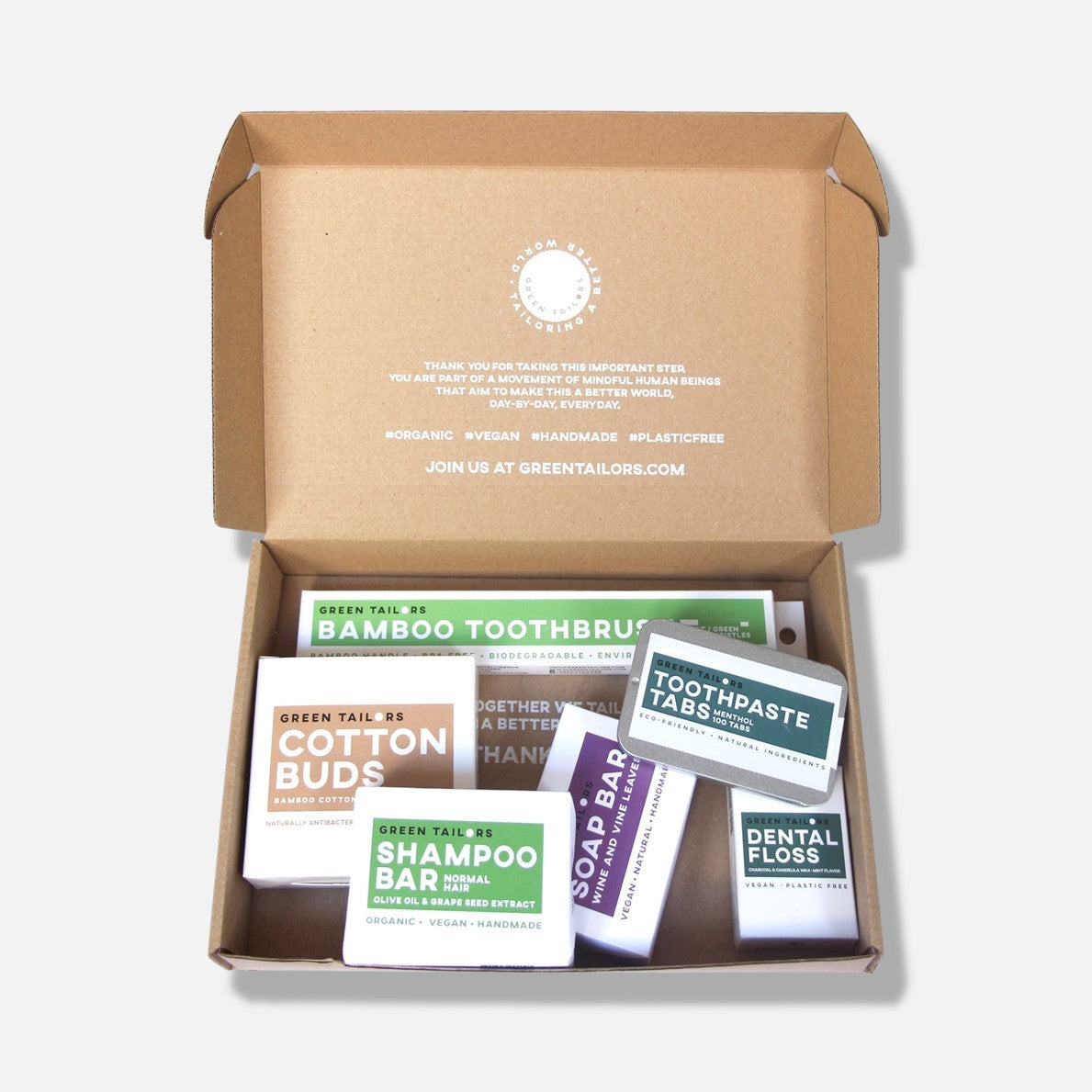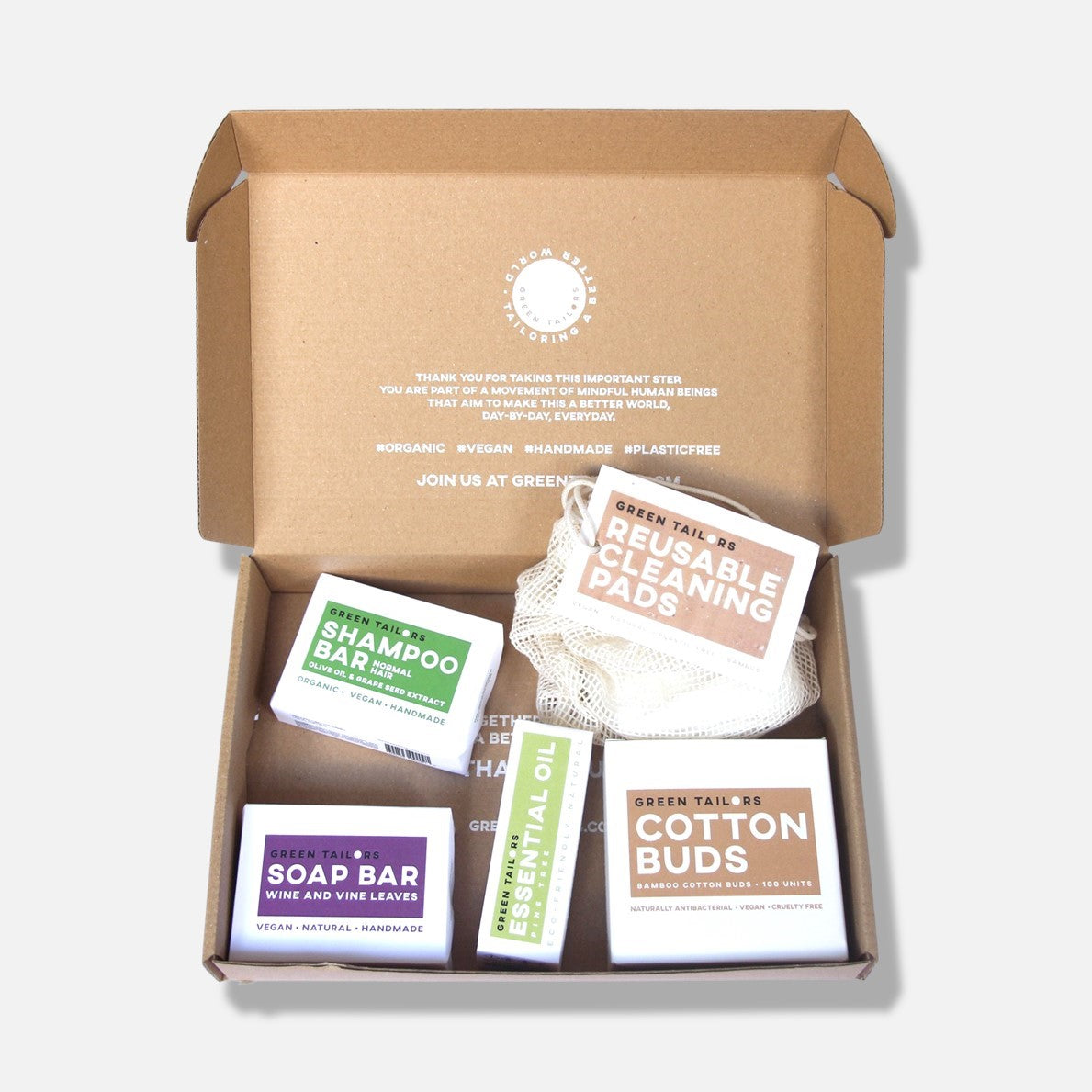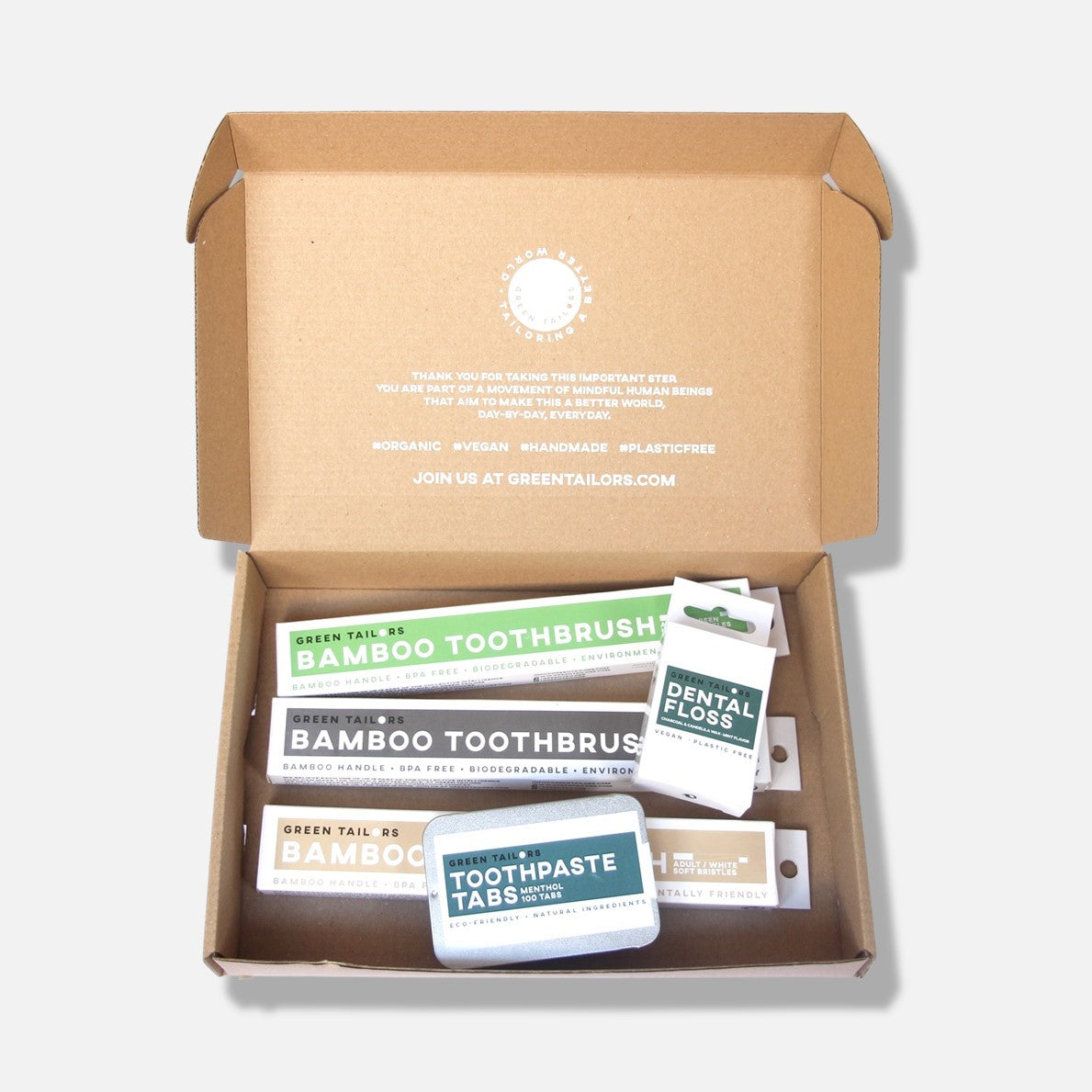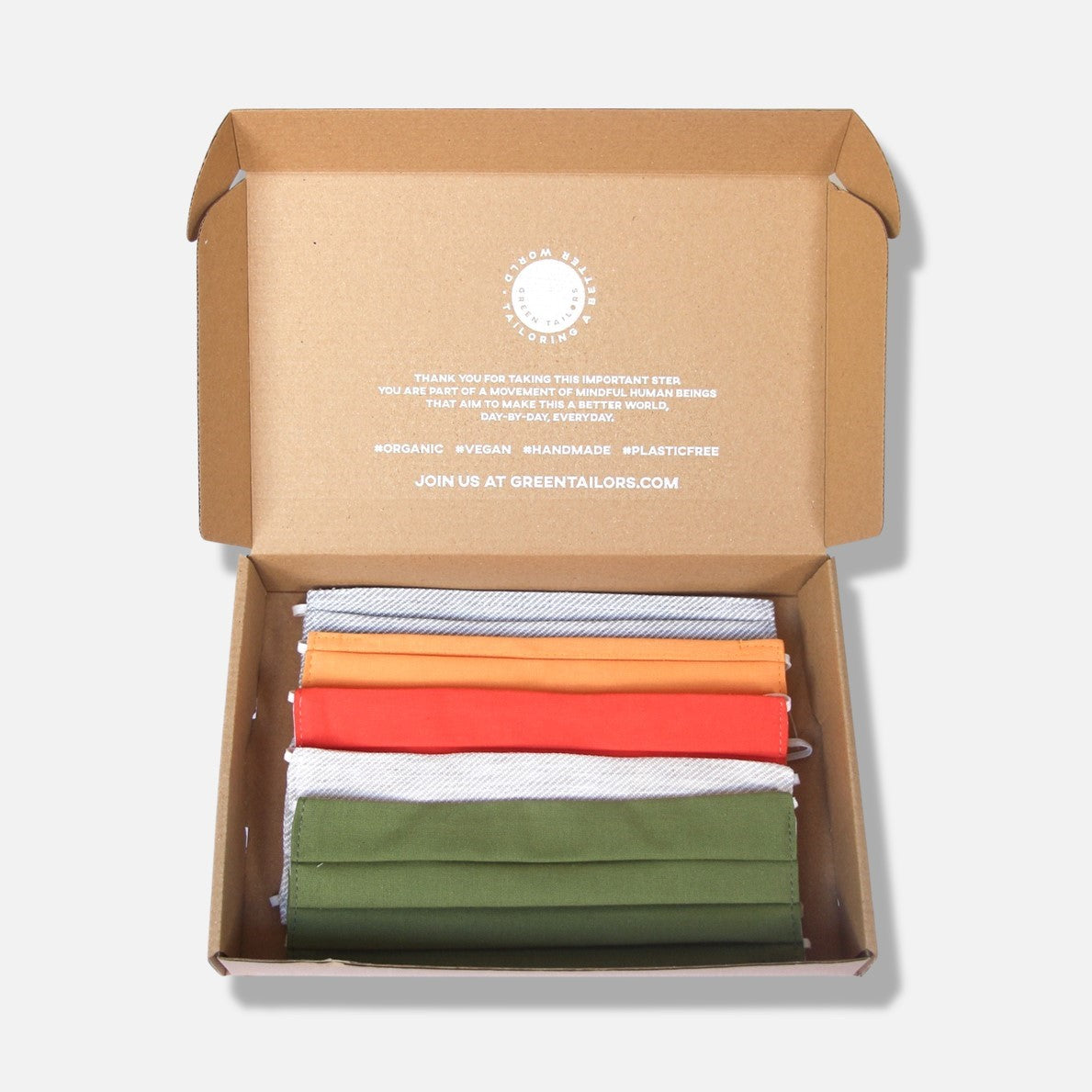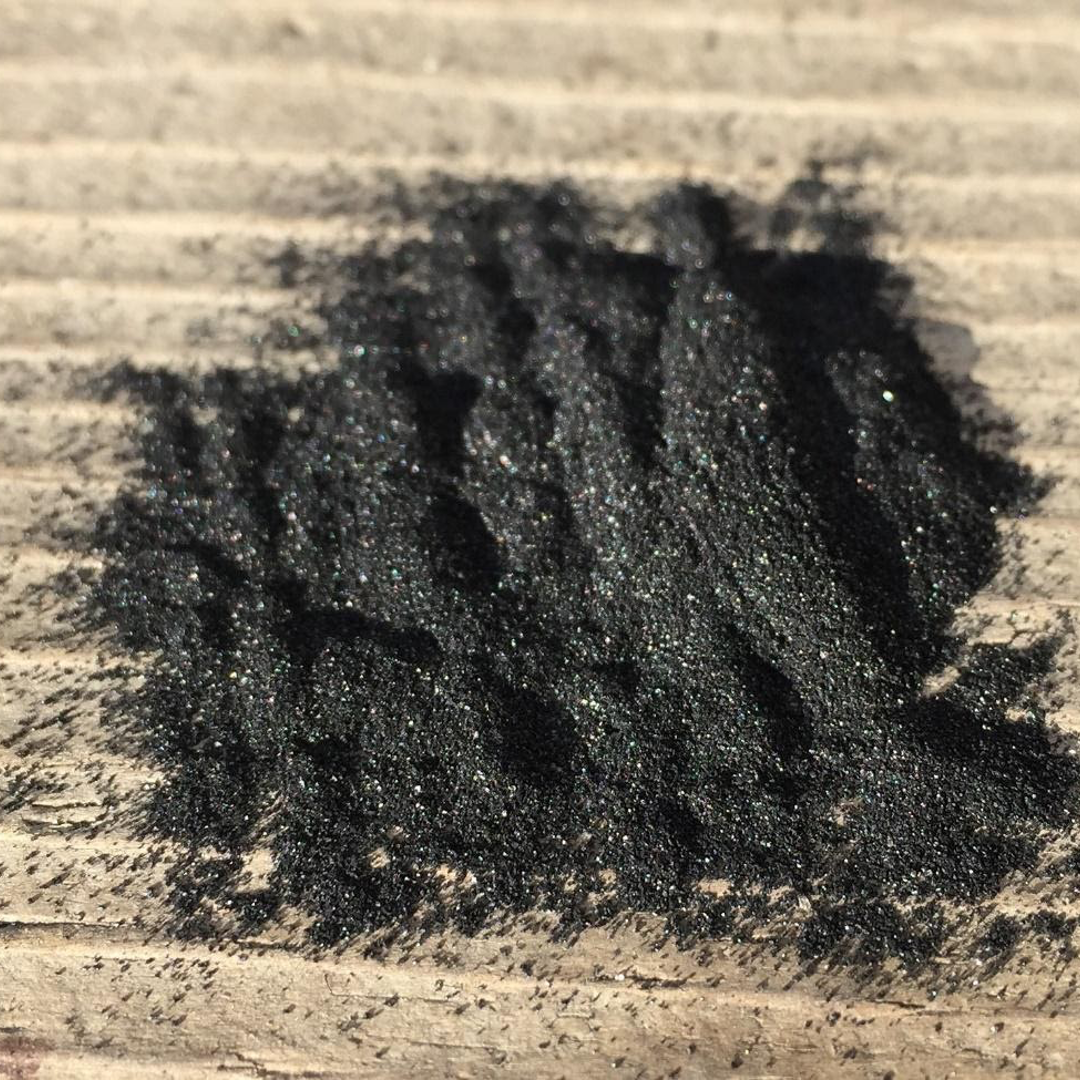Known for: Cleansing, Purifying, Oil Control
Can be found in: Dental Floss, Shampoo Bar Oily Hair, Charcoal and Pine Soap Bar
Ever wondered what exactly is activated charcoal, where it comes from, and what it is used for? Then you’ve come to the right place. Read on!
Charcoal is (literally) as old as fire;Activated Charcoal, also known as Active Carbon, is a bit of a more recent discovery that has been changing not only the medical world but also the cosmetics, skincare and oral care worlds.
Charcoal is essentially the carbon residue resulting from heating materials with a high carbon content, such as wood or plants. Due to being lightweight, portable and burning at reliable temperature for a long time, it has been used as fuel for centuries. However, in the history of mankind, someone, somewhere, realisedcharcoal could be used as a “filter” to clean impurities in water.
Fast forward some centuries, now in the 1800s,charcoal is being used by doctors to treat some kind of poisonings, namely food poisoning. One more century goes by, and scientists discover that producingcharcoal at much higher temperatures creates a kind ofcharcoal that is much more porous, more effective in filtering material and more adsorbent than the regularcharcoal. This was the birth of what we now know asActivated Charcoal, or Active Carbon.
HowActivated Charcoal is created
Activated Charcoal is produced from extremely carbon-rich source materials like bamboo, coconut shells or wood. These source materials are heated at extremely high temperatures, in a controlled environment, in processes called pyrolysis or carbonisation. The product is a more porous, finercharcoal that has greater effective filtering and adsorbent characteristics.
The Activated Carbon is then ground to a fine powder that will be incorporated in various medications, cosmetic products, and skin care and oral care products.
The medical and cosmetic uses ofActivated Charcoal
Activated Charcoal is currently used to treat overdoses and poisonings following oral ingestion of drugs or poisons. This is becauseActivated Charcoal is a very effective adsorbent of certain toxins – that is, the toxins adhere to the porosity of the carbon particles – and sinceActivated Charcoal is not digested, it “traps” the toxins, not allowing them to be digested themselves, nor to spread to the blood stream.
In 2014,Activated Charcoal rose to fame as an ingredient for skincare and oral care products. What threwActivated Charcoal to the spotlight was the realisation of its potential of reaching a bit deeper into the skin pores and being able to clean skin oils more effectively than other ingredients, thus making it a preferred product to use in shampoos for oily hair, and oil-control skincare. At the same time, because of its properties as an exfoliator, orabrasive, it is widely used in products as face scrubs and toothpastes, instead of the infamous microplastics.


